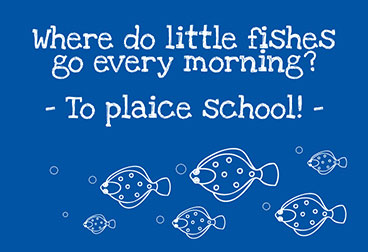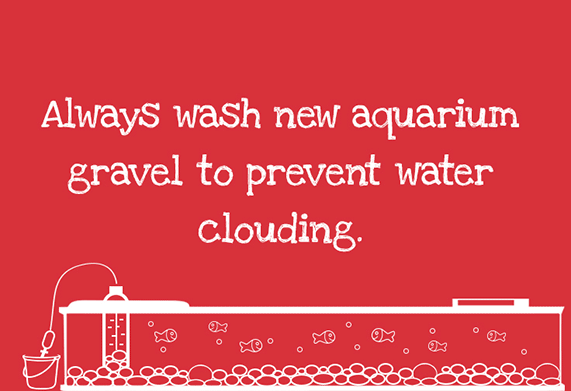Choosing the right substrate for your aquarium
When setting up your aquarium, one of the most important decisions you will make is choosing a substrate. This not only provides a base for your aquatic plants and decorations, but it also affects the overall health and well-being of your fish.
What is a substrate?
A substrate is the material that lines the bottom of your aquarium. It serves multiple purposes, including providing a surface for beneficial bacteria to grow, anchoring plants in place, and creating a natural home for your fish. Substrates can come in various forms, such as gravel, sand, or soil.
Do I need a substrate for my tank?
Substrate is not essential for all aquariums, but it is highly recommended. It helps to create a more natural and aesthetically pleasing environment. Not just that, it also helps with algae growth, trapping fish waste, uneaten food, and certain parasites.
What types of substrate can I use for an aquarium?
There are a number of types of aquarium substrates, each with its own benefits and drawbacks.
Sand
Sand is a popular choice for aquariums, resembling the ocean floor. It also allows plants to root easily and provides a good habitat for beneficial bacteria.
Despite this, sand can compact over time, which may form anaerobic pockets which can be harmful to your fish. It can also lead to cloudy aquarium water. In which case, water treatments such as Quick Clear can help clear up your tank’s water.
Can I use normal sand in an aquarium?
It is not recommended to use normal beach sand in your tank. Regular sand may contain impurities, chemicals, and pollutants which can be fatal to fish and plants.
Instead, choose sand that is designed specifically for aquarium use. This is usually pre-washed and free of harmful compounds, making it safe for aquatic life. It also comes in various grain sizes to suit different types of fish and plants.
Gravel
Gravel comes in a variety of colours and sizes, allowing you to set up a visually appealing tank. It’s also a good surface for growing beneficial bacteria. However, gravel can be more difficult to clean than sand and may trap debris more easily.
Aquarium soil
Another option for a substrate that is specifically designed for planted tanks. It contains nutrients that promote plant growth and help form a stable environment for plants.
Aquarium soil can be more expensive than sand or gravel, but it can be worth it if you are looking to create a lush and thriving planted tank.
Can I use normal soil in an aquarium?
Just like with sand – avoid using regular plant soil in your aquarium. It may contain harmful chemicals, pesticides, and fertilisers that can harm fish and plants. It may also contain organic matter that can decompose and release harmful substances into the water.
Whereas, aquarium-specific soil is formulated to provide nutrients for aquatic plants without causing harm to your fish.
Peat
Peat is a natural material that can help lower the pH levels and water hardness in your tank. It can also provide a dark, natural-looking substrate that enhances the colors of your fish and plants. It can release tannins into the water, which can help mimic the natural habitat of certain fish species.
On the downside, it can be messy and may cloud the water in your tank.
Crushed coral
Crushed coral is a popular choice for saltwater tanks because it helps to buffer the pH levels in the water, keeping them stable. It also provides a natural look and allows for good water flow.
Despite this, crushed coral can raise the pH levels too high for some fish species, so it may not be suitable for all tanks.
Consider the needs of your aquarium inhabitants when selecting a substrate. For example, if you have bottom-dwelling fish, a fine substrate like sand may be more suitable to prevent injury. On the other hand, if you have burrowing fish, gravel may be a better option to allow for digging.
Do I need to clean my aquarium’s substrate?
Just like any other part of your aquarium, the substrate should be cleaned from time to time. Fish waste, uneaten food, and debris can build up, leading to poor water quality and potential health issues for your fish.
For certain types of substrate, like gravel, you can use gravel cleaner to remove debris without disturbing the substrate too much. For sand, you can gently stir it up and use a siphon to remove waste.
Avoid cleaning the substrate too frequently, as this can disrupt the beneficial bacteria that help maintain a healthy ecosystem in your aquarium.


